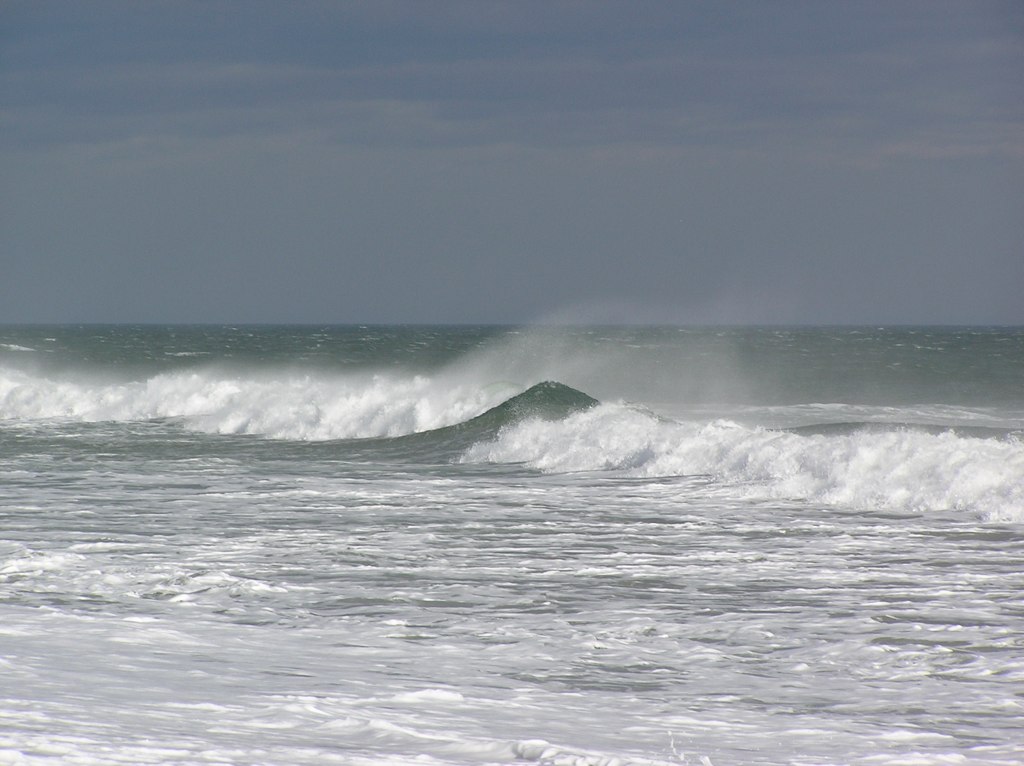
In making his case for new strategies to bring these countries to economic prosperity, De Soto (2000, p. 45) offers the analogy of a lake that holds unrealized potential:
Consider a mountain lake. We can think about this lake in its immediate physical context and see some primary uses for it, such as canoeing and fishing. But when we think about this same lake as an engineer would by focusing on its capacity to generate energy as an additional value beyond the lake’s natural state as a body of water, we suddenly see the potential created by the lake’s elevated position.
De Soto suggests that many third world countries are like the lake. They possess many assets that have never been fully recognized. These assets can’t be fully used as leverage for new investments, can’t be traded on the open market, and can’t be fully protected when disputes regarding ownership arise.
We propose that similar conditions exist in closely-held enterprises. They also possess resources that are rarely realized in terms of their full potential. These resources are the talents, energy, commitments, skills, ideas and knowledgeable insights that emanate from those who work in the organization. This vast human capital stands as a lake that holds deep, unrealized potential. An appreciative organization is one that fully realizes this human resource potential, and thereby releases its human capital, in full alignment with the fundamental mission, vision, values and purposes of this organization.
De Soto identifies two challenges confronting a third world country. First, leaders of the country must formally recognize the capital that currently exists in the country. Second, these leaders must discover or invent a mechanism for converting this capital into a sustainable form that is useful to the country and promotes the welfare of the country. Returning to the analogy of the lake, De Soto (2000, p. 45) suggests that:
The challenge for the engineer is finding out how he can create a process that allows him to convert and fix this potential into a form that can be used to do additional work. In the case of the elevated lake, that process is contained in a hydroelectric plant that allows the lake water to move rapidly downward with the force of gravity, thereby transforming the placid lake’s energy potential into the kinetic energy of tumbling water. . . As electricity, the potential energy of the placid lake is now fixed in the form necessary to produce controllable current that can be further transmitted through wire conductors to faraway places to deploy new production.








